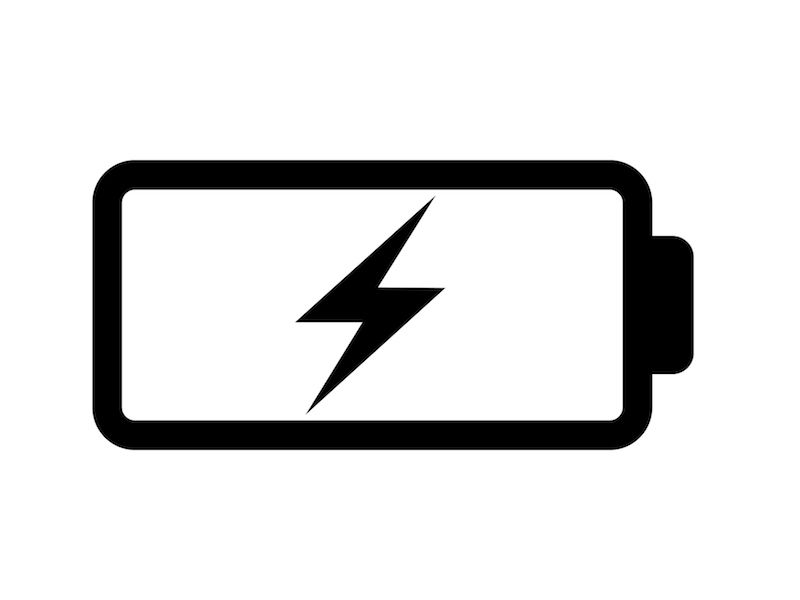
Rechargeable hearing aids are manufactured so that you’ll need to worry less about running low on batteries, but the technology might also make you a little concerned when you depend on your devices to hear. Do rechargeable hearing aids work as well as advertised or do they even work at all?
Those questions are understandable, as is the accompanying stress. A hearing aid is often as important for the enjoyment of a tv show or a movie as it is for a trip to the supermarket or any other part of day to day life. It’s important that a piece of technology works properly and reliably, especially when it impacts so many facets of life.
How Do I Know What Kind of Battery I Have?
By default, most modern hearing aids come with rechargeable batteries, so if you purchased your hearing aids recently it’s likely that your hearing aids will have one of two battery types. Silver-zinc batteries, which can normally be distinguished by a battery door on the device, are rechargeable, but the batteries may need to be changed every so often. A Lithium-ion battery, however, will last throughout the life-cycle of the hearing device and, as such, those devices will not have that distinguishing battery door.
How to Care For Your Rechargeable Hearing Aid
For the most part, rechargeable hearing aids do work, and they work well. As battery technology has advanced in the last few years, the dependability of these devices has increased considerably. As it is with any other electronic device, however, there are a few easy maintenance steps that users can take to increase the dependability of their rechargeable hearing aids.
- Put Your Hearing Aids on The Charging Station: If you regularly store your rechargeable hearing aids on their recharging station you can increase the life of your battery. The long term battery life is not diminished by charging a battery that is not completely drained.In fact, making sure that your hearing aids are charging when not in use can actually benefit your long-term battery life. A simple reminder, for many people, to charge their device when it’s not used, is to set the charging station on a table beside their bed.
- Keep Your Hearing Aids Dry and Clean: Your hearing aids will collect debris, dust, and moisture regardless of how often you use them. Any combination of these three things can diminish the efficiency of your battery and can hinder charging as much as it needs. That’s why it’s essential to keep your hearing aids clean and dry especially when connecting your hearing aid to its charging station.
- Be Mindful of Wires: Most hearing aids will have a wire element of some kind, either on the charging station or on the hearing aids themselves. Being mindful of these wires is essential for hearing aid users; the connection that enables the device to charge can be broken if you pull on or hold it by the wires.
How to Change a Rechargeable Battery
If you have lithium-ion batteries, they will probably last as long as your device does. As a result, you should not have to worry about changing those batteries. Simply keep recharging your hearing aids as long as necessary.
Hearing aids that rely on silver-zinc batteries, however, might need fresh batteries once in a while. Changing batteries in the correct way can help increase the longevity of your hearing aids. Because of this, hearing professionals suggest the following:
- Until you’re ready to use the batteries, don’t remove the plastic tabs or packaging.
- Clean and free of moisture is the state that your battery compartment should be kept in.
- Store batteries in a room temperature place that is also sure to be dry.
- Before replacing batteries, be sure you wash your hands.
- Let the batteries sit out at room temperature for at least five minutes before removing any tabs that might be attached.
Non-Use For Long Periods
If you are planning not to use your hearing aids for long amounts of time, leaving them on the charger might no longer be the best way to store your devices. If, for example, you know that you will not be wearing your hearing aids for a few weeks or months, you can just remove the charger and put your hearing aids in a dry and cool spot.
Think about leaving the battery door open so you can stop moisture from corroding the batteries if you have silver-zinc batteries.
Keep it Charged Every Day
All your general requirements should be met if you charge your hearing aids once per day. To get 24 hours worth of battery life with a lithium-ion battery will usually only require 3-4 hours every day.
Do rechargeable hearing aids work? They don’t just work, they are becoming more common all the time. Contact your local hearing aid retailer to see all the different models